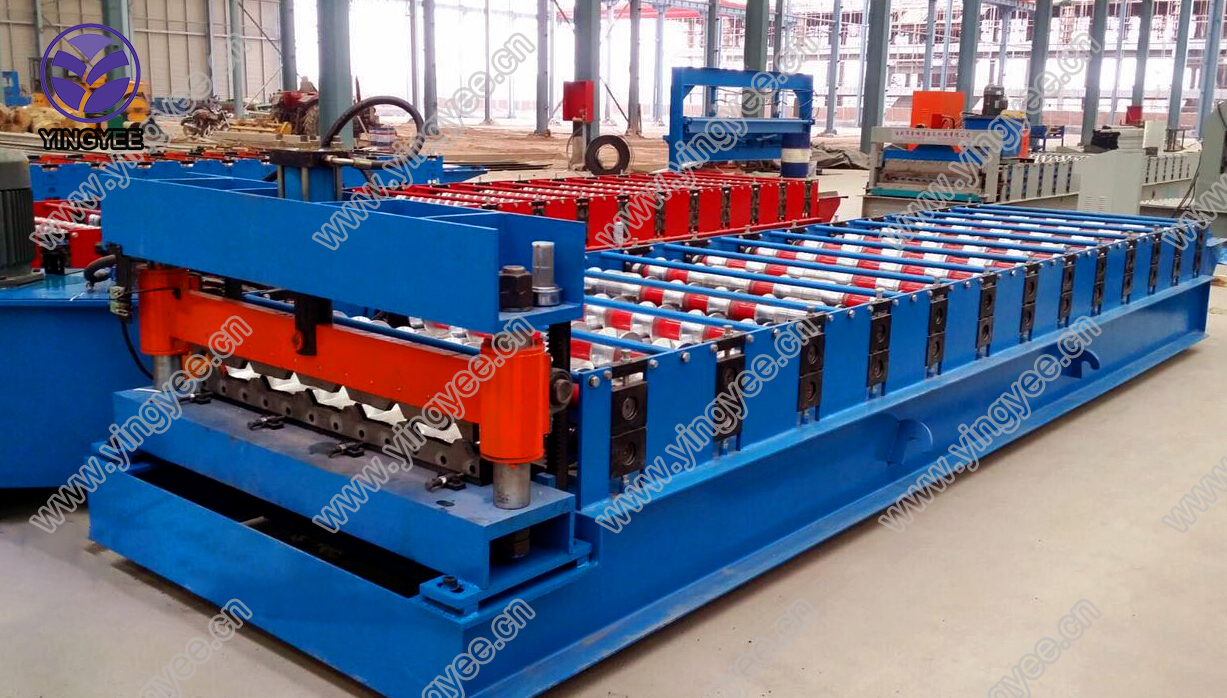
The Significance of Door Frame Roll Forming Lines in Modern Manufacturing
The manufacturing industry has continually evolved, striving for efficiency, precision, and cost-effectiveness. One of the significant advancements in this domain is the introduction of specialized machinery, such as the door frame roll forming line. This innovative technology streamlines the production process of door frames, providing numerous advantages over traditional methods.
Understanding the Technology
A door frame roll forming line consists of various components that work in synergy to create high-quality door frames from metal or steel strips. The process begins with the raw material being fed into the machine, where it undergoes a series of forming stations. Each station has rollers that shape the metal strip into the desired profile, gradually transforming it into a finished door frame. The line typically includes equipment for cutting, welding, and occasionally, finishing processes such as painting or coating.
This automated production process allows manufacturers to produce door frames with remarkable consistency and uniformity, which is crucial in construction and architecture. Moreover, the speed of production is significantly higher than that of manual fabrication methods, enabling companies to meet high demand without compromising quality.
Benefits of Using Door Frame Roll Forming Lines
1. Cost Efficiency One of the most compelling reasons to invest in door frame roll forming lines is the cost savings it offers. By automating the production process, manufacturers can reduce labor costs and minimize waste. The precise forming of materials ensures that excess scrap is kept to a minimum, allowing for better utilization of raw materials.
2. High Precision The use of advanced technology in roll forming lines guarantees that door frames are produced to exact specifications. This high level of precision reduces the likelihood of defects, leading to a better end product that meets industry standards. This accuracy is essential when frames must fit doors seamlessly in various architectural applications.

3. Versatility Roll forming technology isn't limited to one type of door frame. Manufacturers can adjust the machinery to create various profiles, accommodating different designs and customer specifications. This versatility allows companies to diversify their product offerings and cater to a broader market.
4. Durability Door frames produced through roll forming are typically stronger and more durable than those made through traditional methods. The continuous formation process eliminates weak points often found in welded or assembled frames, resulting in products that can withstand the rigors of daily use in both residential and commercial environments.
5. Increased Production Speed The automated nature of roll forming lines significantly increases production speed. Manufacturers can produce large quantities of door frames in a shorter amount of time, thereby enhancing overall productivity. This efficiency is particularly beneficial for companies working on large-scale projects where timely delivery is crucial.
6. Environmentally Friendly With growing concerns over environmental impact, door frame roll forming lines prove beneficial by generating less waste compared to traditional methods. The ability to recycle scrap material and the efficient use of resources contribute to a greener manufacturing process.
Conclusion
The advent of door frame roll forming lines marks a transformative step in the manufacturing landscape. These lines not only enhance efficiency and precision but also offer versatile solutions that can adapt to various market demands. As construction and architecture continue to innovate, the reliance on advanced manufacturing technologies such as roll forming will only increase.
Investing in a door frame roll forming line is not merely a choice for cost-cutting; it’s a strategic decision to enhance production capabilities, improve product quality, and ultimately satisfy an ever-evolving customer base. With such advantages, businesses that embrace this technology are well-positioned to thrive in the competitive landscape of modern manufacturing.